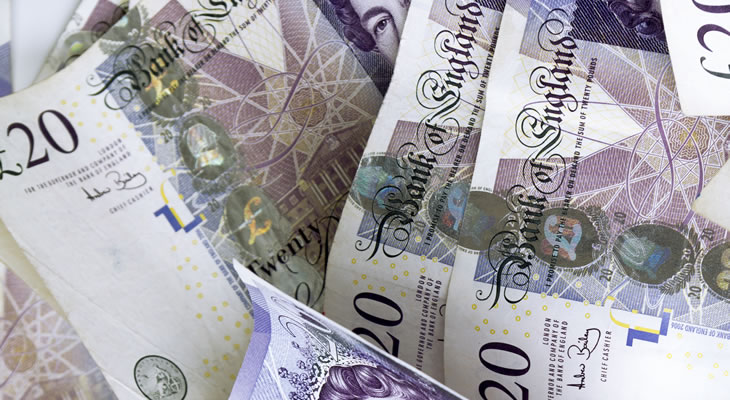Better-Than-Expected UK Manufacturing PMI Unable to Boost Pound Sterling Euro (GBP/EUR) Exchange Rate
An unexpectedly improved UK manufacturing PMI was not enough to shore up Pound Sterling (GBP) exchange rates this morning.
Even though the headline figure showed a solid improvement, picking up from 53.6 to 54.2, the underlying details of the report still highlighted the sense of uncertainty that hangs over the UK economy.
As Duncan Brock, Group Director at the Chartered Institute of Procurement and Supply, commented:
‘In an edgy mood, not even the sharpest rise in new orders since February 2018 was enough to significantly improve the sector’s optimism rising just above November’s 27-month low. Businesses remained concerned about the impact of the weak pound, and supplier performance which remained weak.’
This left the Pound Sterling to Euro (GBP/EUR) exchange rate on a weaker footing, with signs still pointing towards an underwhelming fourth quarter UK gross domestic product reading.
GBP/EUR Exchange Rate Fails to Capitalise on Eurozone Manufacturing Softness
December’s finalised raft of Eurozone manufacturing PMIs offered limited support to the Euro (EUR), meanwhile.
While the headline Eurozone PMI saw no revision from its initial reading of 51.4 this still confirms that the economy continued to lose momentum in the final quarter of 2018.
With the manufacturing sector sliding further from the highs seen in previous years the single currency struggled to find any particular demand, keeping EUR exchange rates biased to the downside.
However, the losses of the single currency were muted thanks to a surprise improvement in the Italian manufacturing PMI.
Although the sector remained in a state of contraction in December investors still took some encouragement as the PMI picked up from 48.6 to 49.2.
As this suggests that the economy is heading back in the right direction, even under the shadow of the 2019 budget dispute, this helped to limit the losses of the Euro.
Euro (EUR) Exchange Rates Vulnerable to Weakening Eurozone Inflation
The mood towards the Euro could sour further ahead of the weekend, however, as forecasts point towards an easing in the Eurozone consumer price index.
Markets expect the Eurozone inflation rate to soften to 1.8% on the year, falling below the European Central Bank’s (ECB) 2% target.
This would diminish the odds of the central bank opting to raise interest rates in the months ahead, putting additional downside pressure on EUR exchange rates.
Unless the underlying picture for inflation proves more positive in nature EUR exchange rates are likely to trend lower in the wake of the data.
Even so, the GBP/EUR exchange rate remains vulnerable to any disappointment in December’s UK construction and services PMIs as investors continue to speculate over the economic outlook.
If the UK service sector slips into a state of contraction this could drag the Pound sharply lower across the board, with any weakness set to significantly dent the fourth quarter GDP.


Comments are closed.